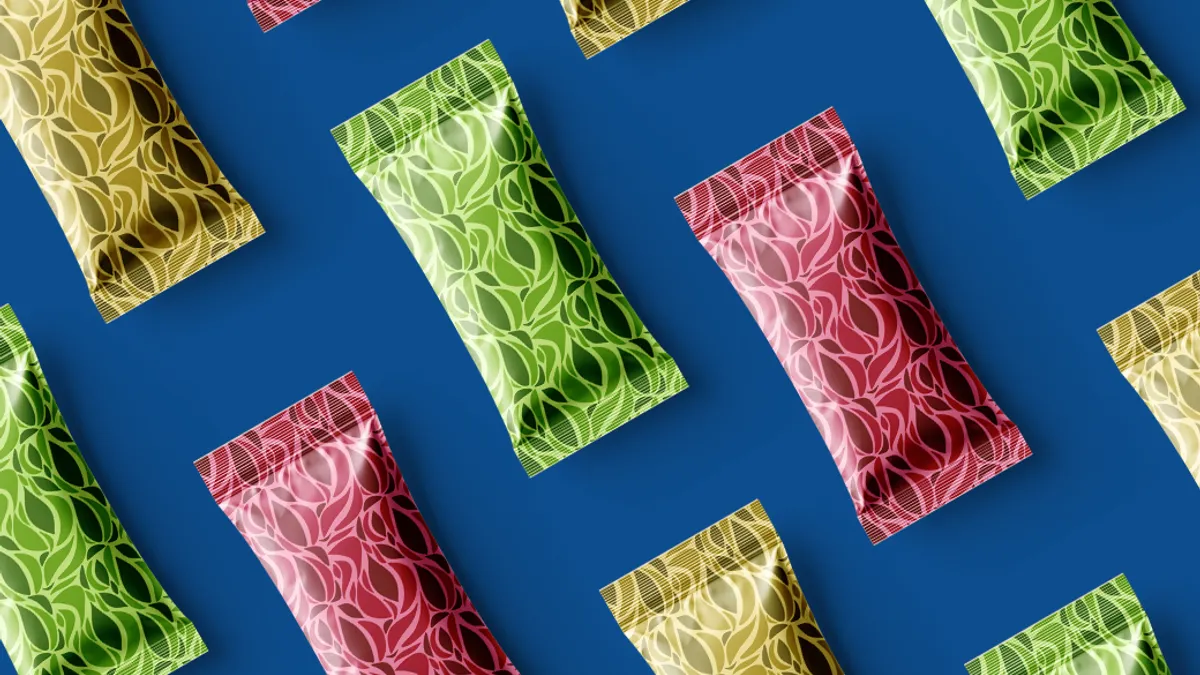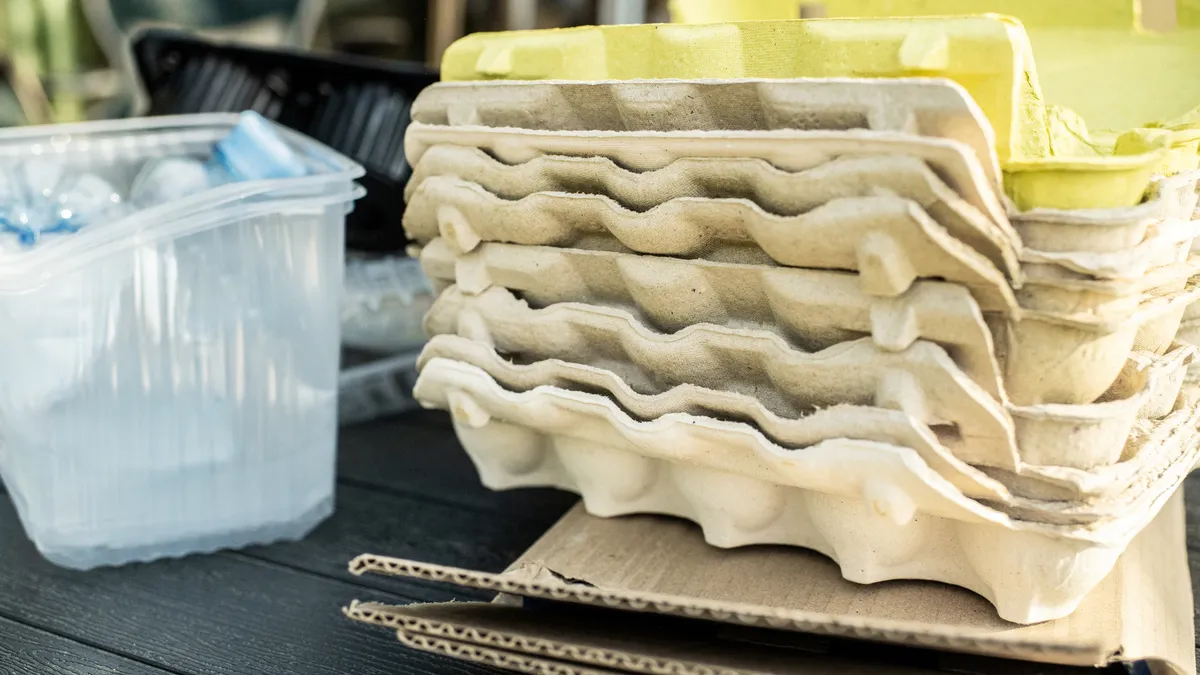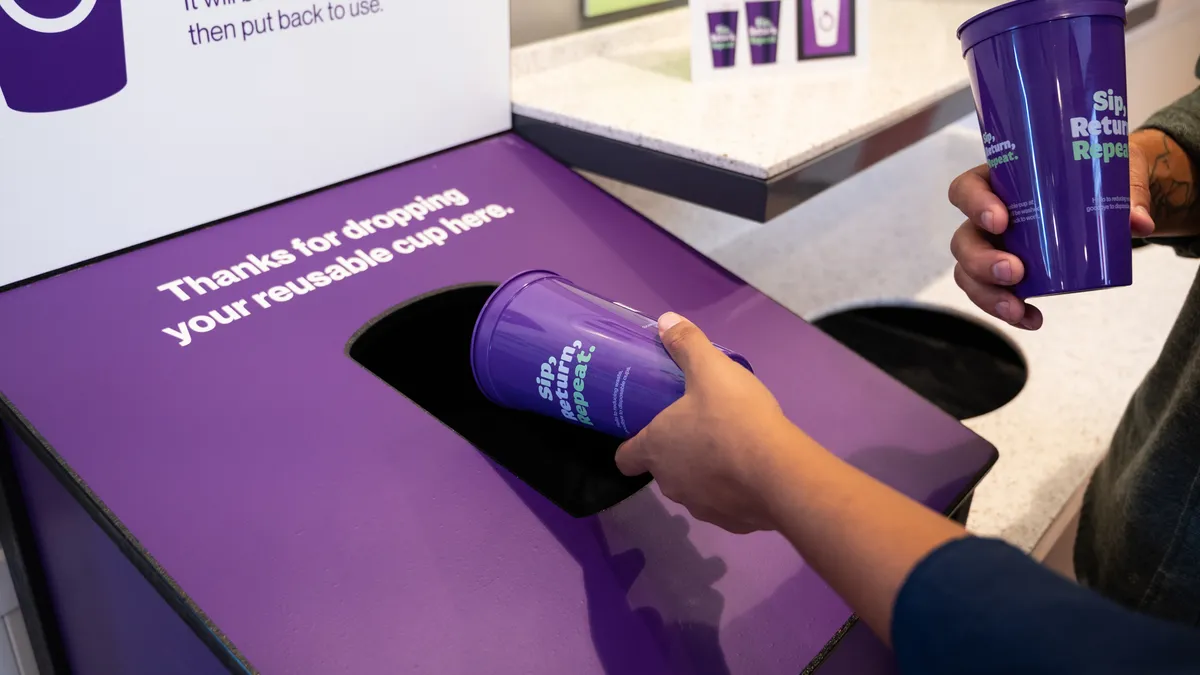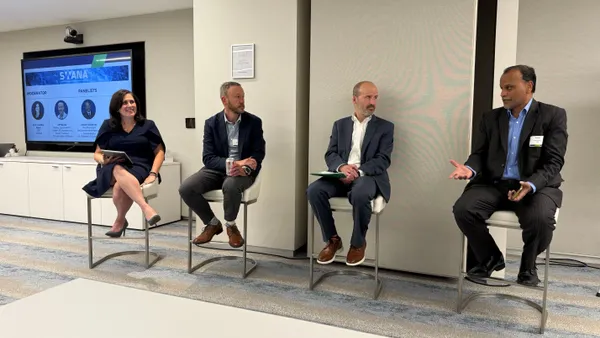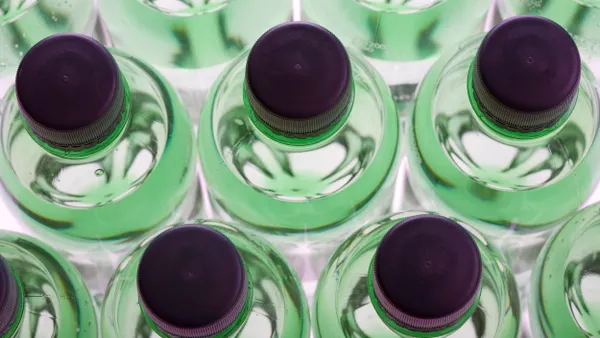Flexible packaging is undergoing a major material shift due to concerns about recyclability and environmental impact. Packaging accounts for 40% of global plastic consumption, with flexible packaging making up approximately 50% of that. Yet most flexible plastic packaging ends up in landfills or incinerators, and a significant portion escapes waste management systems entirely — contributing to pollution and microplastic contamination.
In response, brands are actively reevaluating their packaging choices and looking to reduce material usage and adopt sustainable alternatives. Biobased materials such as paper, fiber and certain biopolymers are gaining traction for their potential to improve recyclability and lower environmental footprints. This shift is driven by growing consumer demand and tightening regulatory pressure aimed at reducing packaging waste and accelerating sustainable solutions.
Prioritizing near-term sustainability goals
Many flexible packaging formats are used to package and protect air-sensitive food like coffee and potato chips. These formats rely on multilayer constructions to enable long shelf life by meeting critical high-barrier needs (oxygen, water vapor, oil and grease resistance). However, these multilayer packages are difficult to recycle in existing streams, and there have yet to be breakthroughs that provide both the required performance and a suitable end-of-life solution.
The industry is rightly investing significant time and money to try to solve these complex high-barrier challenges. However, as they chase this holy grail, many brands are missing an opportunity to make meaningful and immediate sustainability gains by addressing lower-barrier flexible packaging, where viable alternatives exist.
A better solution for low-barrier flexible packaging
Paper packaging is emerging as the most promising sustainable alternative, benefiting from a well-established and widely accessible pulp recycling infrastructure. This mature system offers a strong foundation for brands to scale sustainable packaging efforts quickly and effectively. Paper packaging is increasingly being used in categories with lower barrier requirements, including snacks, confectionery, tea and sugar.
However, paper by itself often falls short in delivering the required shelf life or barrier properties. It also doesn’t support heat-sealable packaging. To overcome these limitations, paper packaging often requires a thin plastic liner. The thickness of this liner is critical. If too thick, the liner can compromise recyclability within the paper stream and the package may not meet the standards for recyclability. In addition, many plastic solutions can generate microplastics if the packaging does not make it to the recycling stream, as is the case all too often for flexible packaging. Emerging technologies are focused on addressing this end-of-life challenge.
Balancing performance and sustainability
One of these emerging solutions is Eastman Solus™. It can be applied as an ultrathin barrier liner, supporting recyclability while also providing required barrier and heat-sealable performance.
Solus™, used with polybutylene succinate (PBS), enables a dual end-of-life solution that allows packaging to be either recycled or composted. Solus™ also integrates into existing assets for flexible packaging, enabling scalable adoption, and meets critical-to-quality dimensions. Its benefits include:
- Sustainability: Solus™ is a certified compostable (TÜV AUSTRIA and BPI) and recyclable (WMU standard) as well as biobased, with the option of adding certified recycled content by leveraging Eastman’s carbon renewal technology.*
- Barrier performance: Solus™ maintains product protection, even after folding and wrinkling, with strong oil and water resistance to preserve freshness and shelf life.
- Seal integrity: Solus™ offers high heat-seal strength to prevent leaks and contamination
Now is the time to lead the way
The future of sustainable packaging is being shaped today. Eastman is establishing the supply chain to bring these concepts to market and continues to develop next-generation packaging solutions to enable brands to meet their sustainability goals. As one example, Eastman recently collaborated with UPM Specialty Papers to develop a compostable and recyclable packaging solution that is suitable for select confectionary, snack and secondary packaging.
While brand owners continue to work on innovations for high-barrier packaging, they must drive the transformation to more sustainable packaging today. Innovative paper-based solutions like Solus™ allow brands to make significant progress on end-of-life goals, reduce their use of plastic and exceed their consumers’ expectations.
To learn how Solus™ can help your brand be a leader in sustainable packaging, contact one of Eastman's experts today.
*Based on mass balance and WMU recyclability certification

